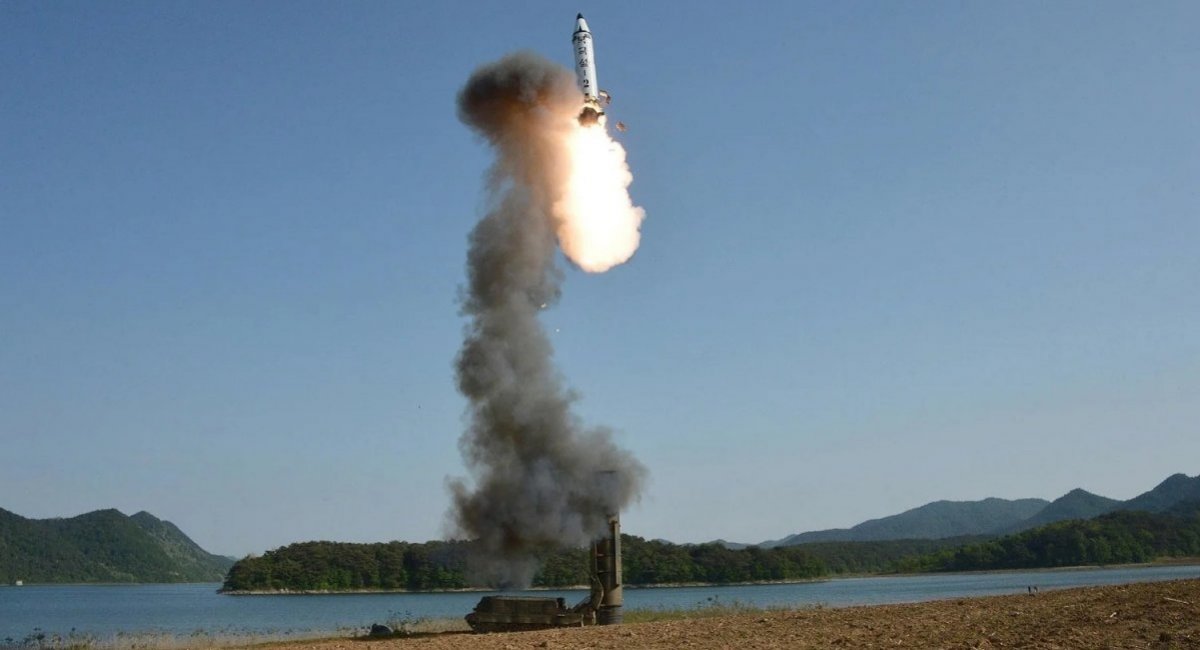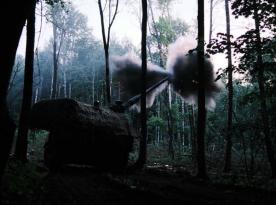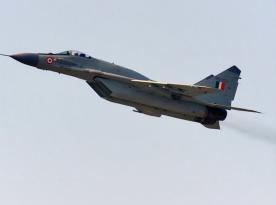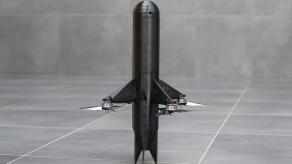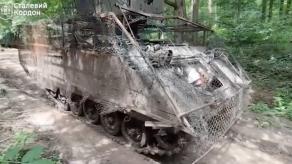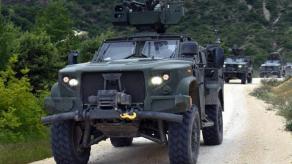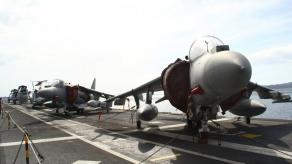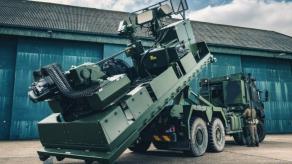Despite the fact that four vehicles, initially identified as launch systems for the Pukguksong-2 mid-range ballistic missiles, were noticed among the North Korean equipment carried by railway in russia, some assumed that those were different weapons.
The reason is that acquiring Pukguksong-2 (known as KN-15 in the West) is a bit of overkill for the immediate needs of the russian federation, that is, for tactical strikes on Ukraine. The maximum range of this two-stage solid-fuel missile, according to Western analysts, is between 1,250 and 2,000 kilometers which is times more than enough to cover the territory of Ukraine completely.
Read more: N.Korea Likely Supplied New Ballistic Missile to russia: Pukguksong-2 of at Least 1,200 km Range
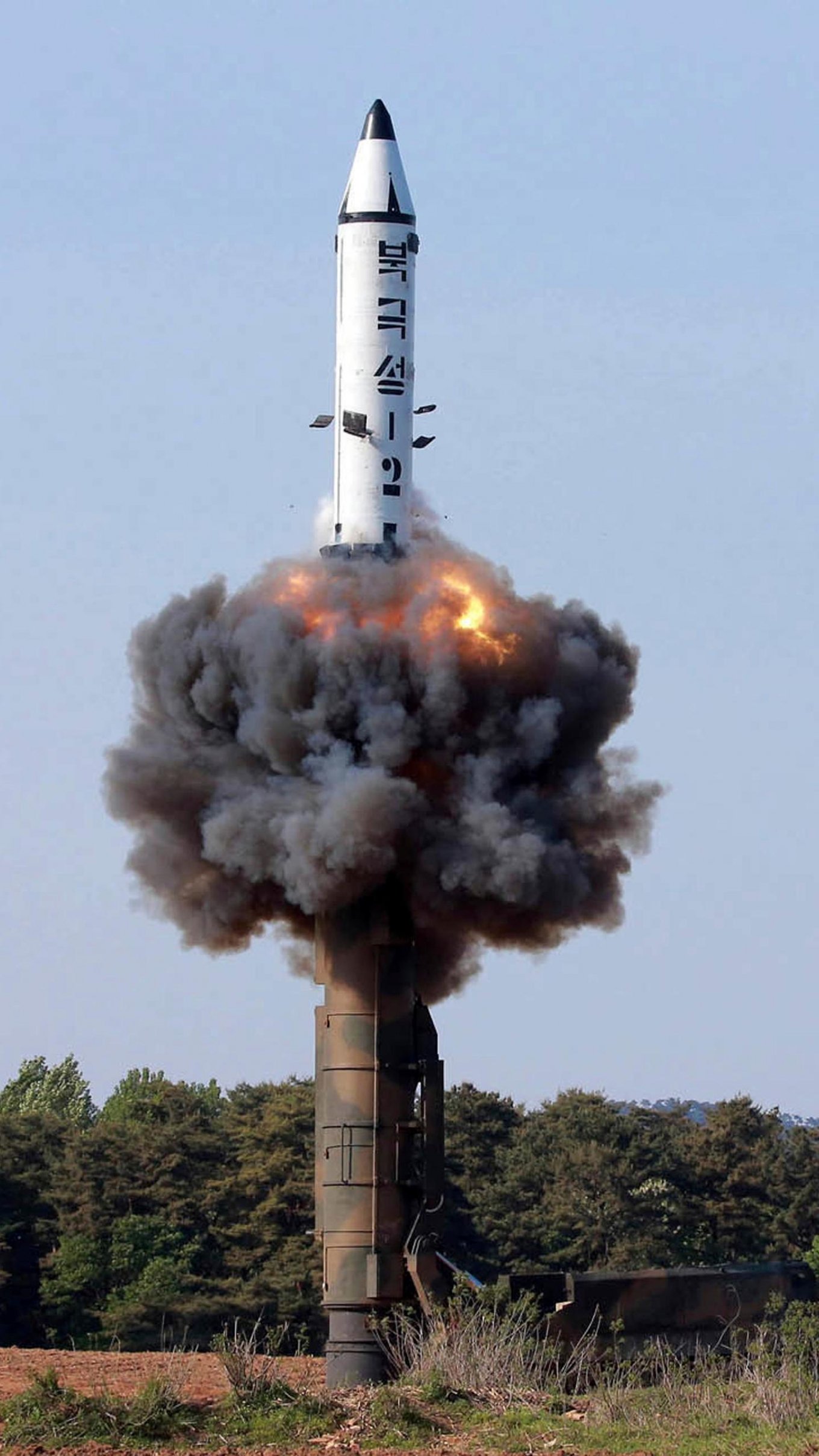
The weight of the warhead remains unknown and even without estimates. But there is a potential option to increase the power of the warhead by reducing the range. Still, the two-stage design of the missile imposes certain limitations on how far one can go with this. Trying to get past the limit would require a complete redesign of the missile, not aligning with the Kremlin's goal to receive ready-made products from the DPRK.
Then again, there is also a theoretical use for Pukguksong-2 to brandish the threat itself. For example, by launching them from the Kapustnin Yar test site and passing them off as indigenous Oreshnik missiles but even for Moscow, such a scenario looks irrational.
Important to note: the low quality of the video leaves a certain room for doubt that the vehicles' identification as Pukguksong-2 launchers was correct. Another point to debate is whether it was logical of russians to transport the missiles like that, already in place, instead of separately.
Per my source this was shot in the Tyumen region. Shows both 10 Koksans and 4 Pukguksong-2 SRBMs. Given that 12 were seen in a prior video this COULD be a separate shipment. pic.twitter.com/LiZJXBENTJ
— KPAWeaponsTracker (@KPAWeapons) December 21, 2024
Moreover, a transfer of systems of this caliber would usually become a hot topic in russian media which wasn't the case this time — unlike the announced provisions of M-1991 240mm artillery rocket launch systems. These were traded with DPRK alongside additional Koksan self-propelled guns, the latter clearly visible in the same video. Therefore, we shouldn't rule out that those vehicles could actually have been the MLR systems on the platforms, just facing the opposite direction of the train's destination. For a brief reminder, these MLRS have a range of 40 to 60 km and are claimed to use precision-guided rockets.
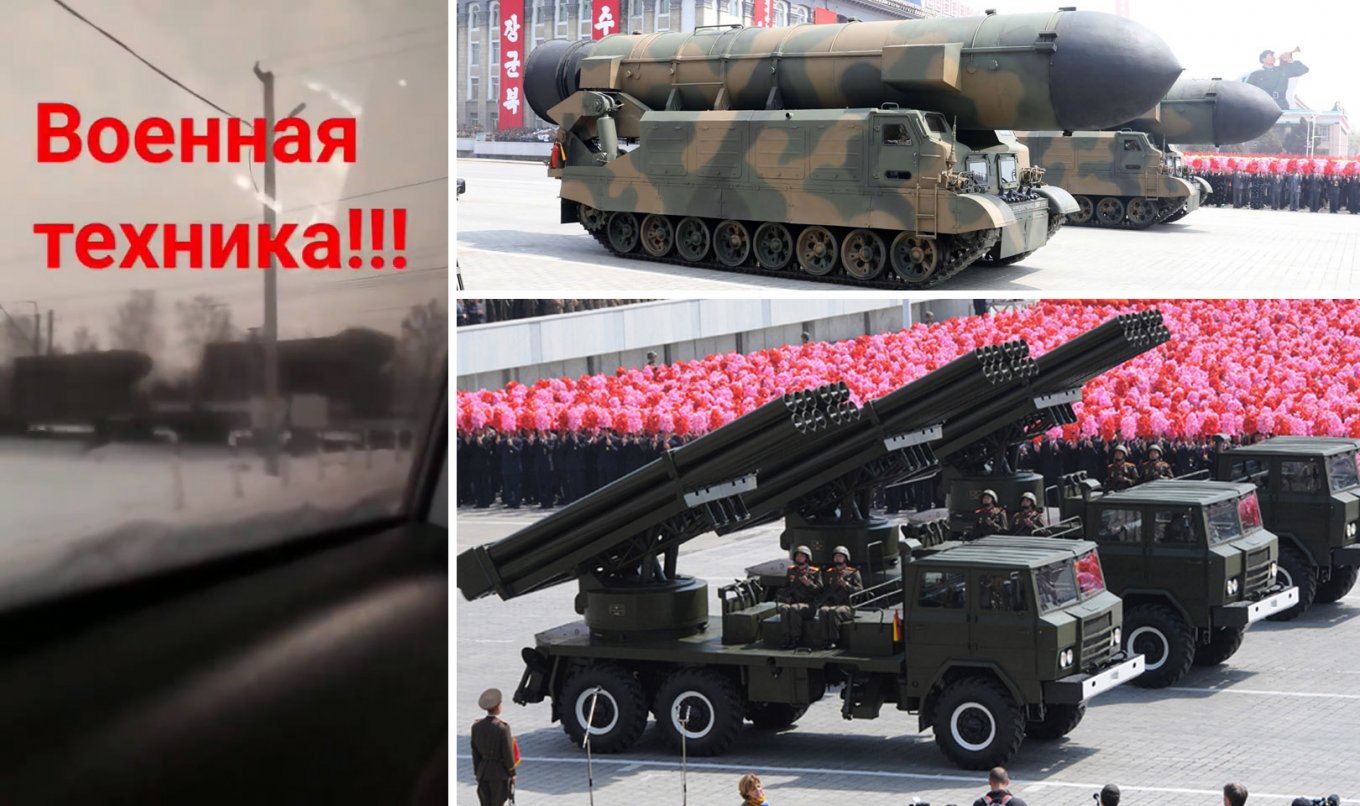
Left: the train with unidentified equipment; right: the Pukguksong-2 and the M-1991
Besides, russia was interested in two more rocket launchers from North Korea: the KN-09 in 300mm caliber and the KN-25 in 600mm caliber. The russians have been actively discussing these options since September 2023 when all talks about any arms supplies from Korea to russia were yet purely hypothetical.
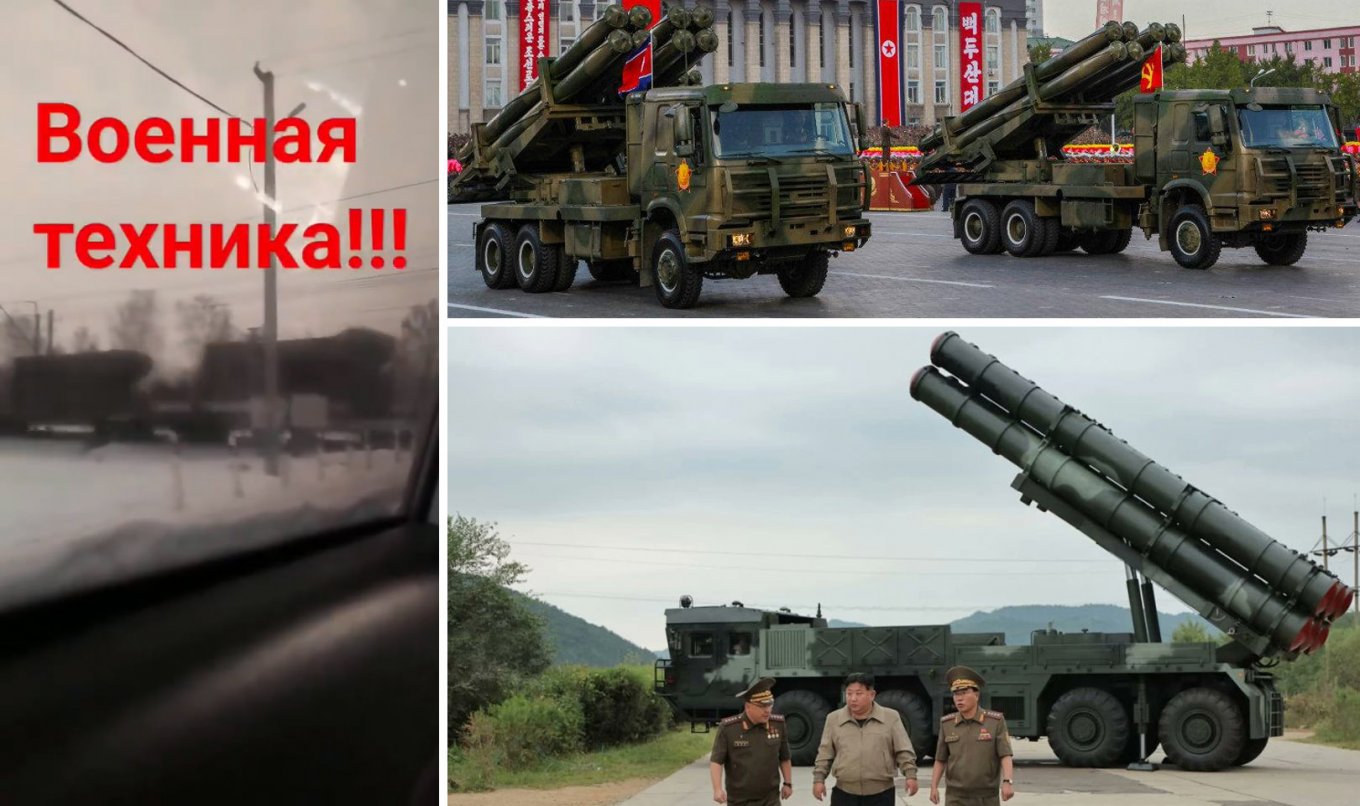
The KN-09 has a declared range of 200 km and deploys a 300mm rocket with flight control surfaces in the nose, potentially indicating their precision-guided capability. Next, the KN-25 has a range of 400 km and 600mm rockets with similar control systems, and there is also a tracked version.
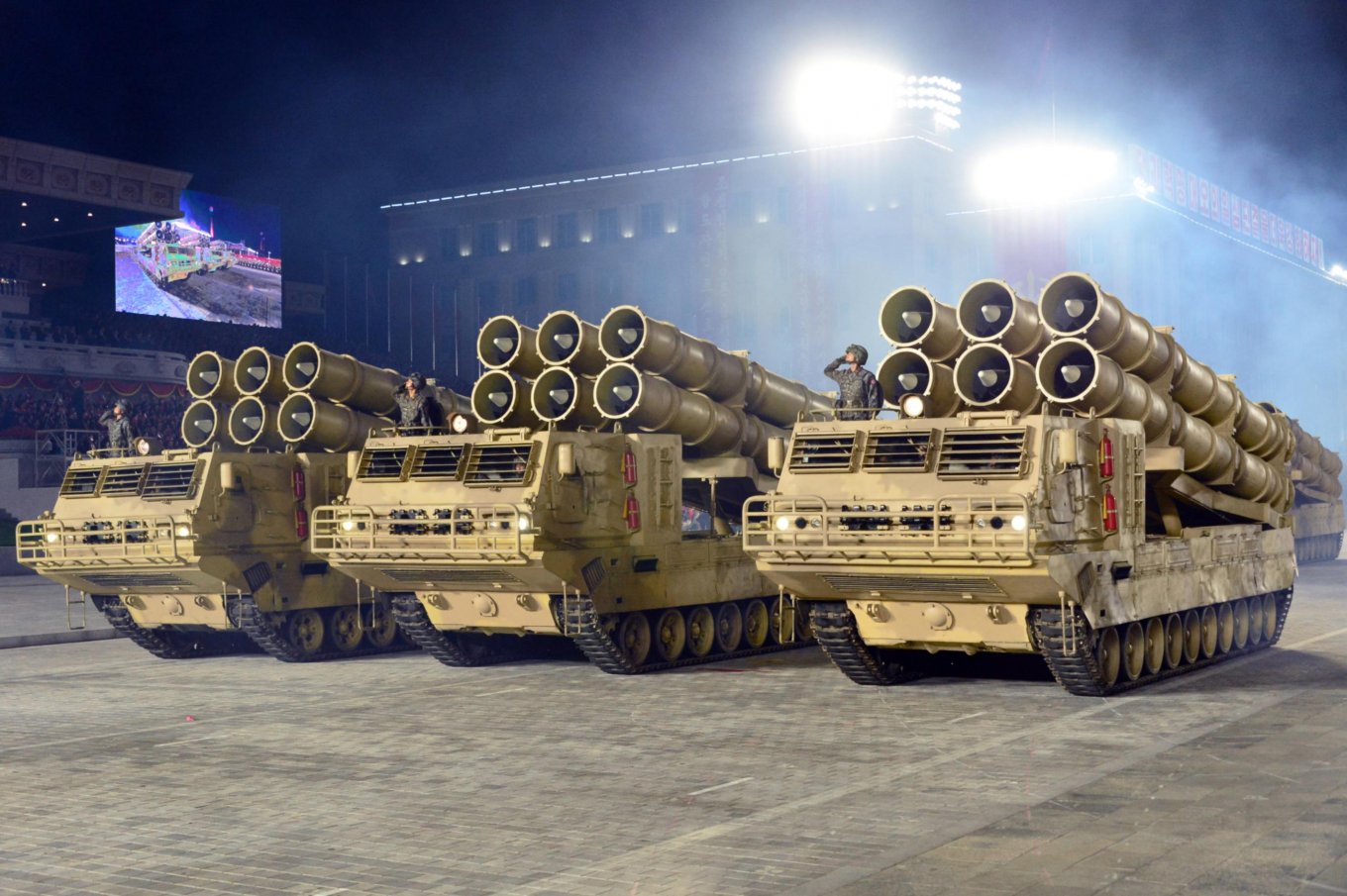
All said and done, we should point out that, as long as the trains with military equipment from North Korea are moving along the Trans-Siberian Railway through a number of large cities, new photos and videos should most likely appear soon allowing for a more accurate identification of this weapon.
Read more: Masterful Strategy: Ukrainian Soldiers Trap russian Assault Group Near Pokrovsk (Video)



